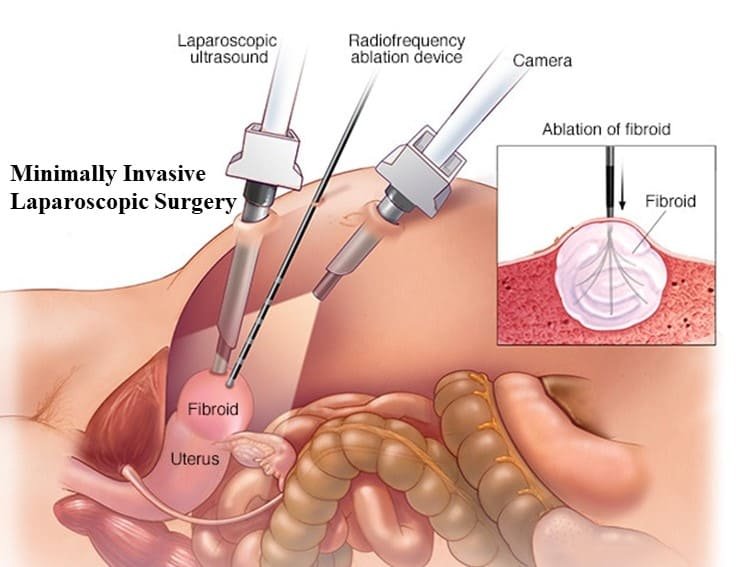Gynaecological laparoscopy

About Gynaecological Laparoscopy
A laparoscopy is also called keyhole surgery. It means a surgeon performs the procedure through small cuts (incisions) in your tummy. It can be a safer alternative to open surgery, which involves having a larger cut to open up your tummy. It’s usually associated with fewer complications and a shorter recovery time.
You may have a gynaecological laparoscopy to investigate certain symptoms, such as pain in your pelvis. You may have other tests, such as an ultrasound, magnetic resonance imaging (MRI) or computer tomography (CT) scan first. You may also have a gynaecological laparoscopy to treat a condition. Examples of when you may have one include:
diagnosing and treating endometriosis removing scar tissue (adhesions) treating an ectopic pregnancy performing sterilisation, which means sealing or blocking your fallopian tubes so that you can no longer get pregnant diagnosing and removing an ovarian cyst removing your womb (hysterectomy) or ovaries (oophorectomy) treating fibroids investigating long-term pain in your pelvis if you’re having fertility problems, it’s sometimes used to look for reasons why you might not be getting pregnant investigating whether you may have cancer or whether cancer has spread Your doctor will explain why they’re recommending a gynaecological laparoscopy, and will talk about the benefits and potential risks involved. They will discuss with you what will happen before, during and after your procedure, including any pain you might have. If you’re unsure about anything, don’t be afraid to ask. You’ll be asked to sign a consent form before the procedure, so it’s important that you feel fully informed.
